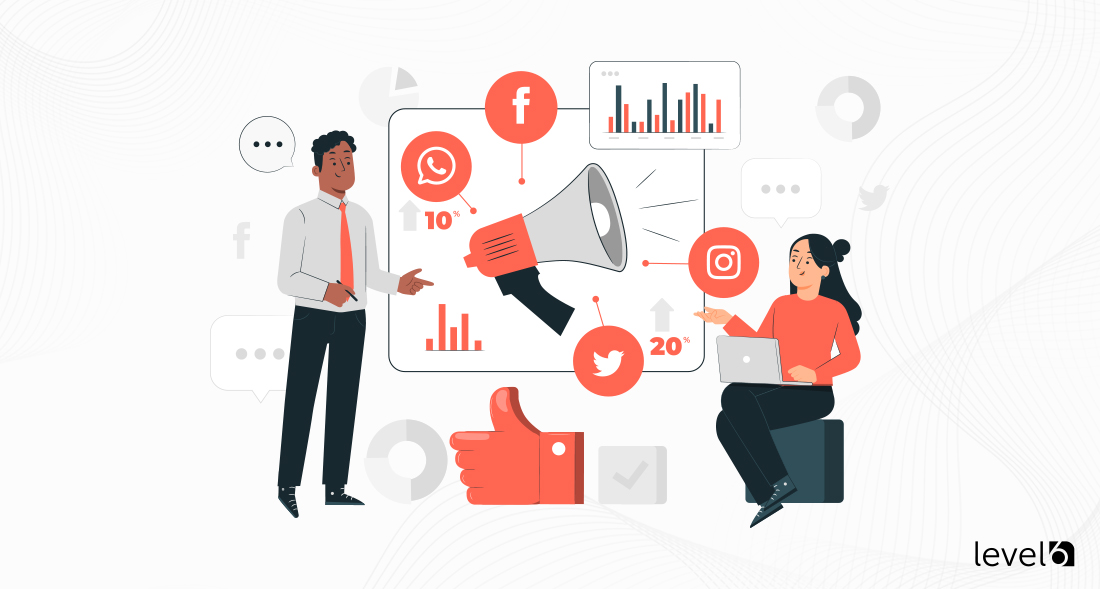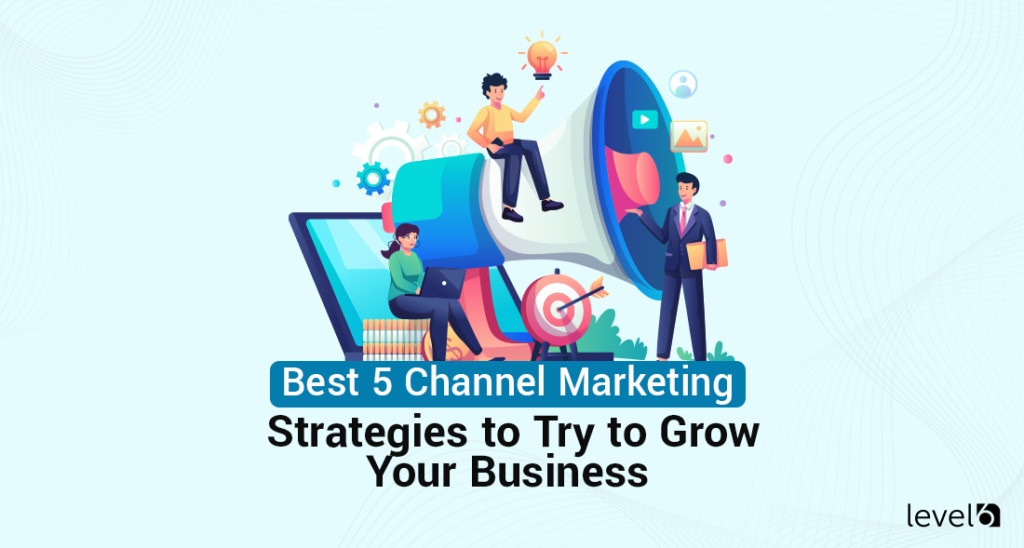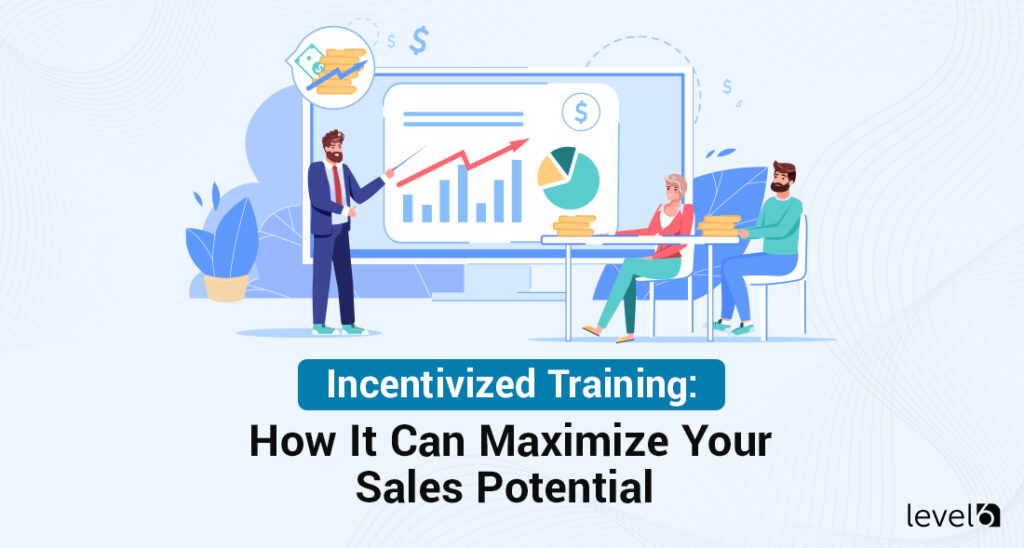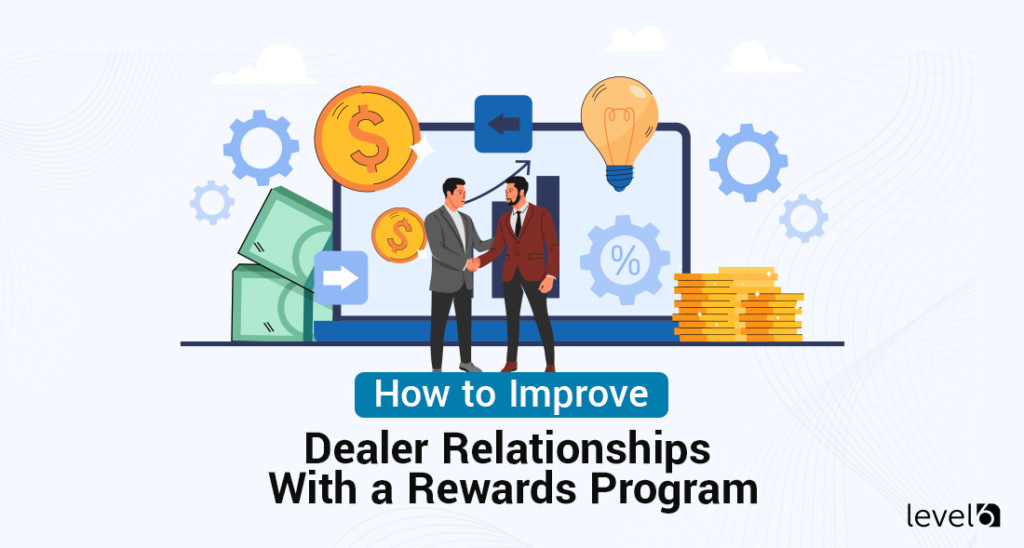Here’s the good news — your business is growing steadily. You’ve got a great team and the resources to keep up.
But, you don’t want to stay where you are in terms of growth. You want to get bigger and better and serve more customers and clients. How can you continue to grow and scale without overextending yourself?
You need partners. Actually, you need more than just one.
There are three types of common partnerships:
- Technology partnerships
- Strategic partnerships
- Channel partnerships
The type of partnership you need when you want to grow and expand your sales reach to your audience is the last one — channel partnerships.
Here’s the simplest way to describe a channel partnership — a company that partners with another organization to market or sell its services, products, or technologies. These could be:
- Re-sellers
- Service providers
- Distributors
- Distributor reps
- Vendors
- Retailer sales associates
- Independent sales organizations
- Agents
Channel partners are companies you develop a relationship with that will be an extension of your sales team. Except you don’t hire the individual members, they don’t need a desk in your office, and they won’t forget their bologna sandwich in the back of the staff fridge.
Channel partners resell, manage and deliver your product which helps you increase your sales reach and go to market faster. The partner makes money through referral fees and can also make money by selling services like customer support, training, and consulting.
As of 2019:
Looking to learn more about an incentive, rebate
or reward program for your business?
Curious about costs?
Try our instant pricing calculator:
“[Distributors and resellers typically] drive 70% or more of a tech vendor’s revenue.”
As an example, SecureAuth drove nearly 70% of its business through channel partners and adopted a 100% channel strategy with a 50% year-over-year growth target.
Clearly, channel partners are an effective way to deal with a surge in growth and are becoming an increasingly popular way to leverage your business. In a nutshell, anyone that sells your brand and isn’t on your payroll can be described as a channel partner. And it’s in your best interest to treat them right.
What’s a Channel Incentive Program?
Now that we’re clear on who qualifies as a channel partner, what are the best ways to incentive them to build your brand and make sales? With channel incentive programs.
Channel incentive programs motivate any channel partner to
“Elevate or change their sales or purchase behavior involving your products or services.”
When a channel partner hits your specific goals and targets, you reward them personally (or you reward their business).
Lift and Shift recommends evolving channel partner relationships from “one that’s purely ‘transactional’ to one that’s more relationship-centered.”
They encourage businesses to use incentive programs with their channel partners to:
- Foster long-term relationships
- Build partner engagement
- Reward their loyalty
- Show them they are important to you and your business
How do you know when you’re at the stage where your company will benefit from establishing channel partners? Stewart Townsend suggests companies look at developing channel sales when their company has grown to 50+ employees and $1,000,000+ in revenue.
That’s not a precise finish line you need to cross. Other ways to gauge whether you’re ready for this next step include:
- You’ve established product-market fit
- You’ve standardized your direct sales model
- You’ve prepared for smaller margins
How Do Channel Incentive Programs Work?
The best channel incentive program does two things: it encourages your partners to be loyal to you and to sell more of what you provide to the market.
These programs work to fulfill many important functions as they:
1. Build solid relationships
The stronger your relationships are with your channel partners, the harder they will want to work for you. Therefore, treat your relationships as strategic partnerships rather than transactional ones.
This will pay off in so many ways. When you create a shared partnership vision and roadmap, you can work with your partners to set targets and milestones.
Just like in personal relationships, transparency and open communication channels can make a big difference in the results you see. Schedule regular check-in calls to offer support and get timely updates on the status of the goals you’ve set.
Obviously, you want your incentive program to offer truly valuable rewards to your partners — ones they will be excited to earn. The best incentive programs will fail if they aren’t managed well with accurate and timely rewards.
Treat your channel partners like the brand ambassadors they are, and do everything in your power to make sure they are appreciated and valued.
Another critical factor in building solid relationships with your channel partners is to clearly define responsibilities and expectations. The first step you’ll want to take is to define the activities that need to be done and then communicate what expectations you have for them and what they can expect from you.
A good shortlist of mutual expectations could look like this:
Your partners can trust you to:
- Deliver pre-qualified leads.
- Provide professional and knowledgeable support.
- Provide education programs.
- Offer helpful solutions.
- Create events and programs.
You can expect your partners to:
- Help you grow your business through sales and marketing activities.
- Focus on giving true value to customers.
- Commit to learning about your product.
- Attend the events and programs you’ve created to help them.
2. Encourage learning
It’s almost hard to believe the growth potential that can be achieved with channel partner training. Katrina Razavi was on the ground floor of a B2B startup that “increased our annual revenue by $1,983% and increased our user base by over 1,000% within six months with no upfront costs.”
Training appears to be an important part of this extraordinary growth. It makes sense that the better your channel partners know who you are and what you’re offering, the better they’ll be able to represent you accurately to the markets they reach.
Channel partner training allows for a stronger network, better communication, better customer support, improved sales, and faster growth. All reasons to take the investment in training seriously you’ll need to be committed to.
Training can fall into two categories: general skills and product training. General skills include best sales practices, navigating through the online platforms and programs your company uses, etc. Product training educates your channel partners on every detail of your product and how it works.
Depending on the size of your company, training can take place in-person and hands-on or online through a learning suite. Streamline the training you provide for your channel partners with the training you provide in-house to your own staff.
Your in-house training benefits from programs that boost their morale, help them feel part of a team, and keep them motivated. These are the same outcomes your channel partners should receive.
Channel partners need to know how to introduce and explain your products to customers. Provide them with opportunities to grow their knowledge, such as quizzes, certifications, conferences, and demos. They might be selling products from several businesses simultaneously, but the more they know about your product, the better their chances are to mention yours.
This simple six-step strategy can help you set to create a training program that works:
- Evaluate exactly what your channel partner needs to learn.
- Align your channel partners with your Key Performance Indicators (KPIs).
- Choose the right platform to let your partners interact with training content.
- Motivate channel partners by including incentives as they move through the training.
- Make communication easy.
- Break up the channel partner training into stages to prevent overwhelming them.
3. Expand your brand reach and build your credibility
You may not have relationships with other states or countries, which is why aligning yourself with channel partners is an amazing way to tap into existing customer relationships your partners have already built in unfamiliar markets and worlds.
The best channel partners have products or services that are complementary to your product or service. Ideally, your product or service will fill a gap in your channel partner’s market offering.
Learning about a potential channel partner is important before you start working together. Customer Think suggests you consider these tips before choosing a partner:
- Do they know you and understand what you offer?
- Do they currently have or have previously had other channel partnerships? What were their experiences (both good and bad)
- Do you share a similar partnership mentality? What plans do they have for sources of lead generation and follow-up, what are they willing to invest in training, and what are the minimum targets they would be willing to commit to?
- Do they have the ability to “implement, train, and be self-sufficient with the technicals?”
- What skills and experience do their staff have, and how will this help expand your brand?
- Is this the right fit? “Will territories, revenue, or services be in conflict if the partnership [is] put in place? Will there be new business opportunities that wouldn’t have existed before? Will the channel be able to sell more and increase revenue due to the new market/customer base?”
- What is their geographic focus, and how large is the size of their current reach?
- Do you share the same target market? What strategies do they have in place to “get ahead in their market”?
- Are they growing? Understanding their profit and loss, cash flow, size, and revenue is important.
- Are they a stable company? Do they have a secure business model?
Once these questions are answered, you may have found a partner who can offer access to an audience you aren’t yet in touch with. It’s one thing when you boast about your products; it’s another when one of your channel partners does.
4. Make money and save money
You already know how much work, effort, and financial investment it takes to find new markets, but with the right channel partners, you don’t need to start from scratch.
They can create a shortcut to profitability by opening their door to new markets for you. This lets you achieve scalable growth with little internal infrastructure or upfront costs.
Since the beginning of the pandemic in March 2020, many companies have developed channel partnerships to keep their businesses afloat. Zoom is a success story as one of the companies that experienced rapid sales growth through channel partnerships.
China abandoned direct sales entirely in favor of partners. Zoom reported that they bypassed competitors and achieved “unparalleled growth.”
In the second year of the pandemic, Zoom reported that:
“Over 20% of their international business bookings in the past quarter were driven by a partner ecosystem, channel partners in Japan contributed to approximately 40% of their Japanese business, and 70%+ of their US Federal Government business was due to channel partners.”
In The Ultimate Guide to Channel Sales, Hubspot shows how to measure the effectiveness of your channel sales program with various criteria. The entire article is worth reading, but we’ll share some of their best tips in a condensed form here:
- What is your total number of partners, and what “recruitment quota attainment” have you achieved? On the flip side, what’s your partner attrition?
- Where did your partners come from? Networking groups, proactive outreach, or referrals?
- What’s your average cost for recruiting and onboarding a new partner? As well, how long did it take to get your channel partners up and running?
- What’s the average value of a channel partnership deal to your company?
- Calculate the average sales cycle length to gauge how effective your training is
- What percentage of partners registered leads in the past month or quarter?
- What percentage of partners used the sales and marketing material you provided?
- How satisfied are your partners with the training you provide?
- How many partners attempted or achieved a certification?
- What are the retention rates you’re having with partner sales as opposed to direct sales?
- What are the cross-sell and upsell rates for partner sales as opposed to direct sales?
Tips for Effective Channel Incentive Programs
Once you’ve determined which channel incentive programs will work best for your channel partners, you’ll want to ensure they have what they need for success.
These best practices can ensure that your channel incentive programs motivate your partners and help them to help you achieve your company goals as you grow your business:
- Choose what behaviors you will reward — meeting or exceeding monthly sales goals? Selling products outright? Completing your training?
- Reward with cash, cashback, or some valuable reward that doesn’t have a monetary value.
- Make sure the program is easy to understand — simple, clear, straightforward language is always better.
- Ensure rewards are attainable but not so easy there’s no challenge.
- Make sure rewards are accurate and given as soon as possible after the sale.
- Consider automating your program with channel partner software rather than using old-school spreadsheets.
We like what Forma.ai says about channel incentive programs:
“Incentives drive the world, and your channel partners are no exception.”
There’s no question that these programs can make a difference in your business, and when they are well-coordinated and implemented, they can expand your business reach and influence exponentially.

Claudine is the Chief Relationship Officer at Level 6. She holds a master’s degree in industrial/organizational psychology. Her experience includes working as a certified conflict mediator for the United States Postal Service, a human performance analyst for Accenture, an Academic Dean, and a College Director. She is currently an adjunct Professor of Psychology at Southern New Hampshire University. With over 20 years of experience, she joined Level 6 to guide clients seeking effective ways to change behavior and, ultimately, their bottom line.
 Demo
Demo








